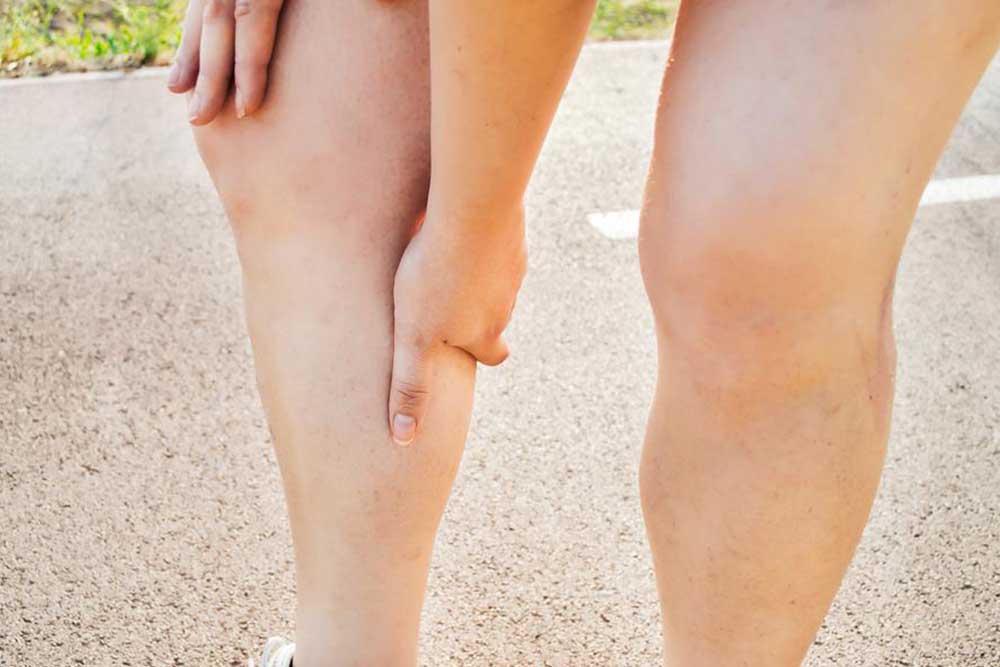Deep Vein Thrombosis: Recognizing Symptoms and Risk Factors
Learn about deep vein thrombosis (DVT), its symptoms, causes, and risk factors. Extended inactivity, pregnancy, obesity, and genetics can increase the risk of dangerous blood clots in deep veins. Recognizing early signs like leg pain, swelling, or warmth is crucial for prompt treatment and prevention of life-threatening complications such as pulmonary embolism. Lifestyle changes and medical intervention are key to managing and reducing risks associated with DVT.

Deep Vein Thrombosis: Key Signs and Contributing Risks
Extended periods of inactivity, such as sitting during travel or work, can cause deep vein thrombosis (DVT), a condition where blood clots develop in deep veins, mainly in the thighs or lower legs. DVT may be asymptomatic initially but often presents with symptoms like leg pain, swelling, redness, or warmth. It occurs due to vessel wall changes, increased blood clotting tendencies, or slowed blood flow.
If dislodged, a clot can travel to the lungs, causing a life-threatening pulmonary embolism, which can lead to breathing problems and other complications.
Typical symptoms include:
Severe pain in the calf or leg that may spread upwards
Swelling in one limb or area
Warmth over affected regions, which might go unnoticed
Color changes, such as redness or bluish hues over the affected area
Visible vein enlargement, often unnoticed until a serious issue arises. Sometimes, DVT is diagnosed after emergency hospitalization due to embolism.
If you notice these signs, seek medical attention promptly.
Sudden shortness of breath, chest pain worsening with deep breaths, coughing blood, dizziness, fainting, or rapid heartbeat require immediate emergency care as they may indicate a pulmonary embolism.
Identifying high-risk groups aids prevention. Factors include age over 60, genetic clotting disorders, previous DVT or pulmonary embolism, vein trauma, vitamin or protein S deficiencies. Immobility from paralysis, long hospital stays, or extended periods of inactivity like long flights or drives increase risk due to poor circulation.
Women using birth control pills, pregnant women, or those in postpartum recovery (up to six weeks) face increased risk because of hormonal effects and pelvic vein pressure. Obesity and smoking contribute to circulatory stress, elevating DVT risk. Lifestyle habits like exercise and balanced diet help prevent blood clots.
Patients with heart conditions, heart failure, or certain cancers are also more vulnerable due to their compromised circulation and blood clotting systems. Confirmed symptoms or risk factors should prompt immediate consultation with healthcare professionals. Treatment commonly involves anticoagulant medications to inhibit clot formation and growth.


